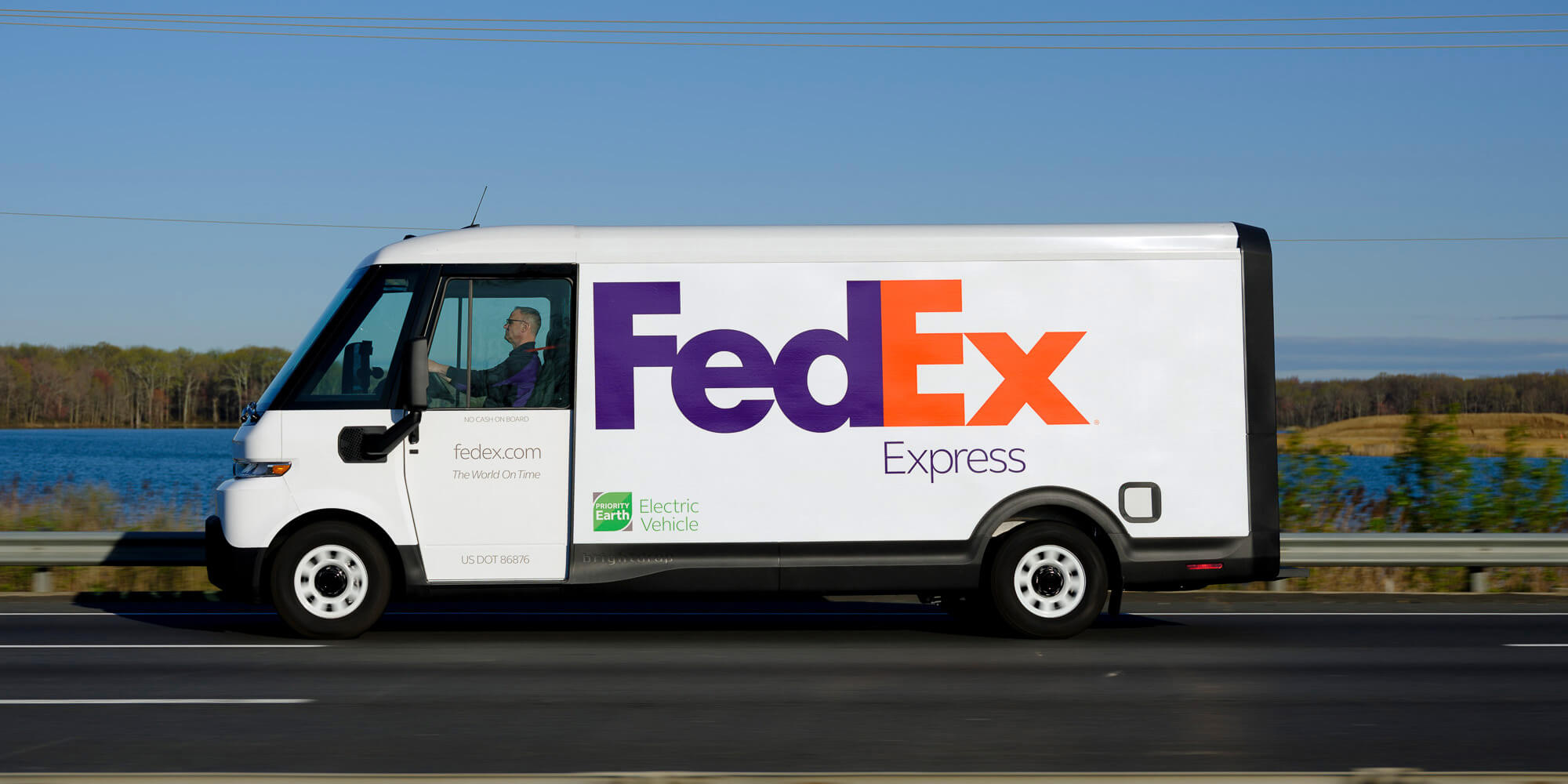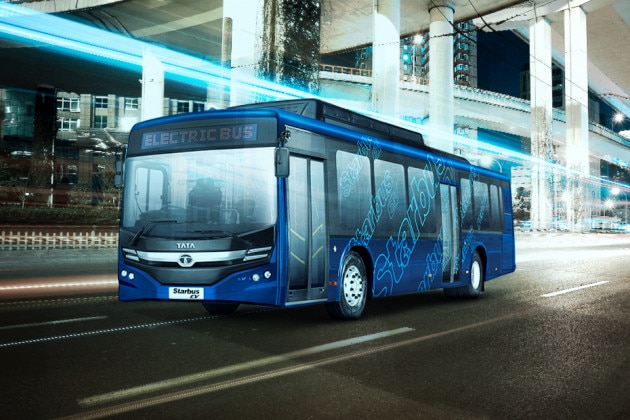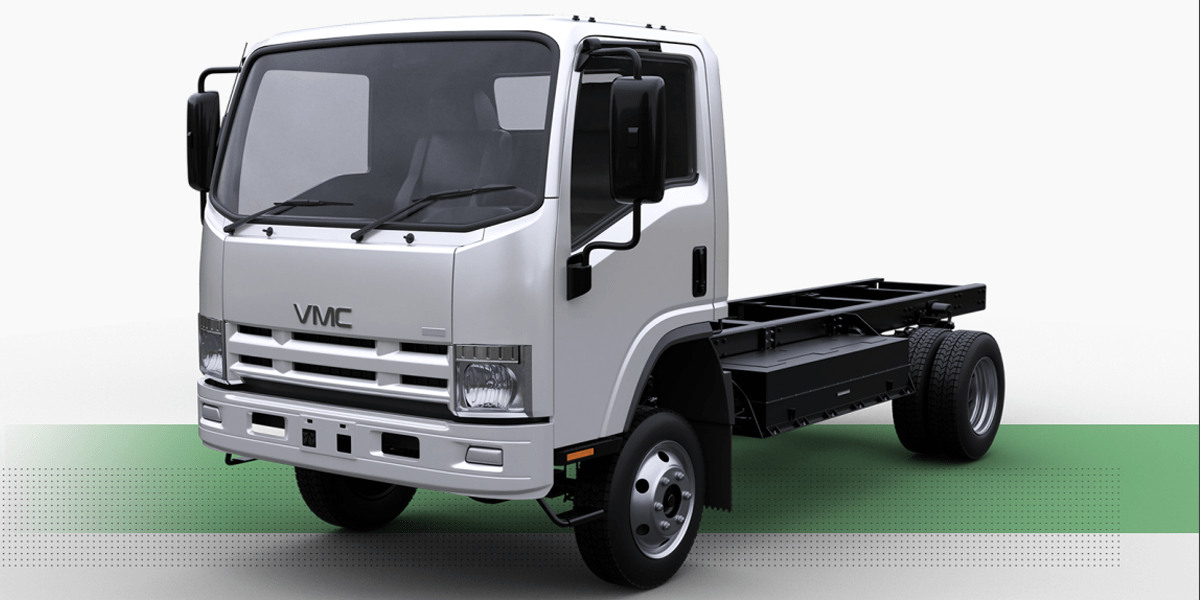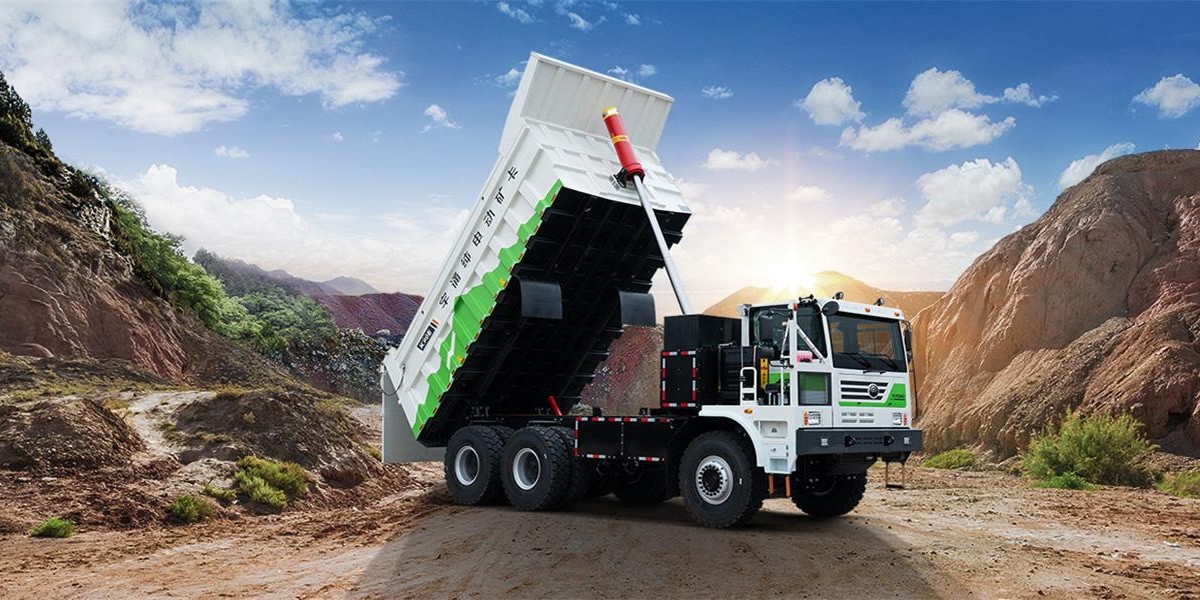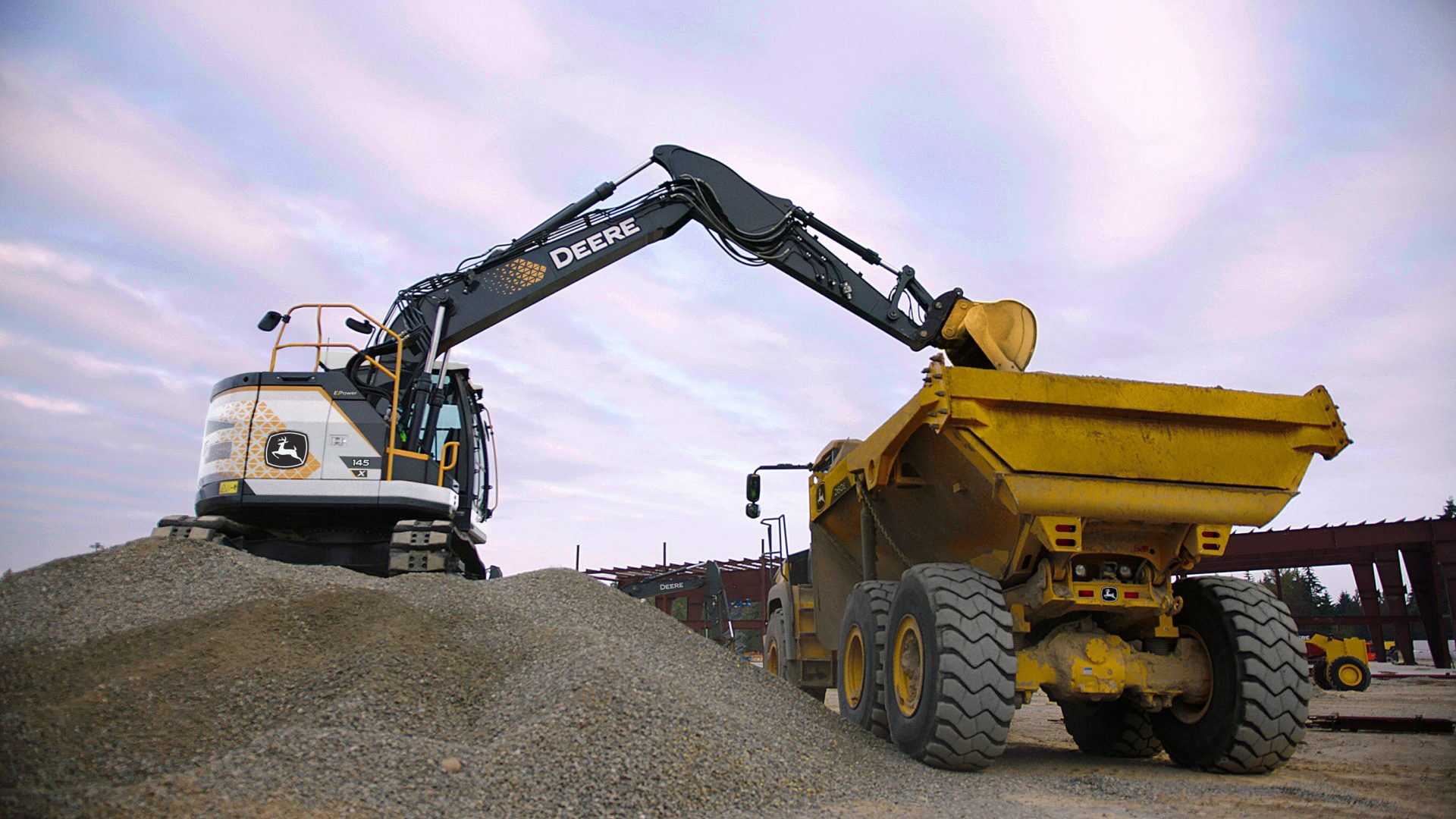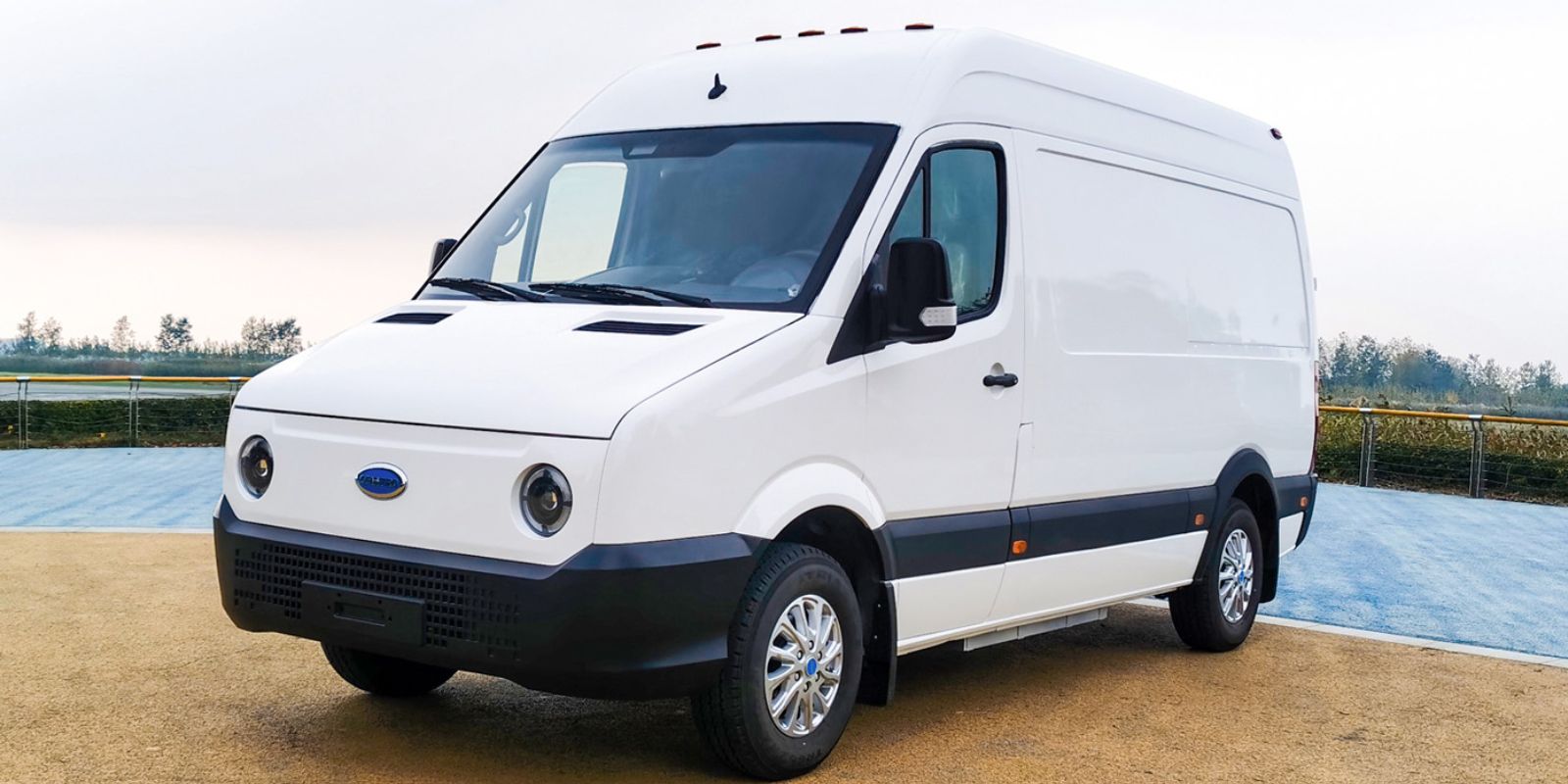The United States government is rolling out new incentives starting January 1, 2023 for delivery companies to replace internal combustion engine vans with all-electric vehicles. According to Reuters, the incentive is part of the Inflation Reduction Act (IRA) and will offer companies such as FedEx and Amazon a tax credit of $7,500 or $40,000 depending on the size of the delivery vehicle.
FedEx and Amazon, for example, are set to qualify for a $7,500 tax credit rate for their upcoming EV delivery vans.
As an added benefit to corporations, these federal credits can be combined with similar programs at the state level. California, New York and several other states are poised to spend billions to convince these big logistics companies to switch to zero-emission vehicles over the next few years.
Unlike the tax credits that IRAs offer consumers to buy passenger EVs, such as the Ford F-150 Lightning, there is no requirement for a US-produced car at the enterprise level. The main exception for those commercial vehicles is especially attractive because they allow for greater flexibility to make the ICE to EV transition. The US transportation sector is significant in size, consisting not only of large and small commercial trucks, but also buses and airplanes.
Combined, this sector accounts for more than a third of the greenhouse gases produced in the US. New tax incentives, such as those for passenger vehicles, aim to help lower the price tag of EVs so they are more in line with conventional gas-powered vehicles.
The US Postal Service as recently reported, also has plans to phase out its legacy mail delivery truck fleet and replace them with EVs.
Corporations have responded very positively to the Biden administration’s new EV policy. Amazon, for example, believes IRA has the ability to transform collective approaches to reducing carbon emissions across sectors. The company struck a major deal with automaker EV Rivian in 2019 to build and deliver 100,000 electric vans by 2030. Many of these vans are already in charge of making deliveries.
However, some in the van and delivery business claim IRA incentives are insufficient because they do not fully cover the cost gap between EV and ICE vehicles. Big companies like Amazon may be able to afford the price difference but many other smaller companies are concluding that it still doesn’t make much financial sense to make a change.

